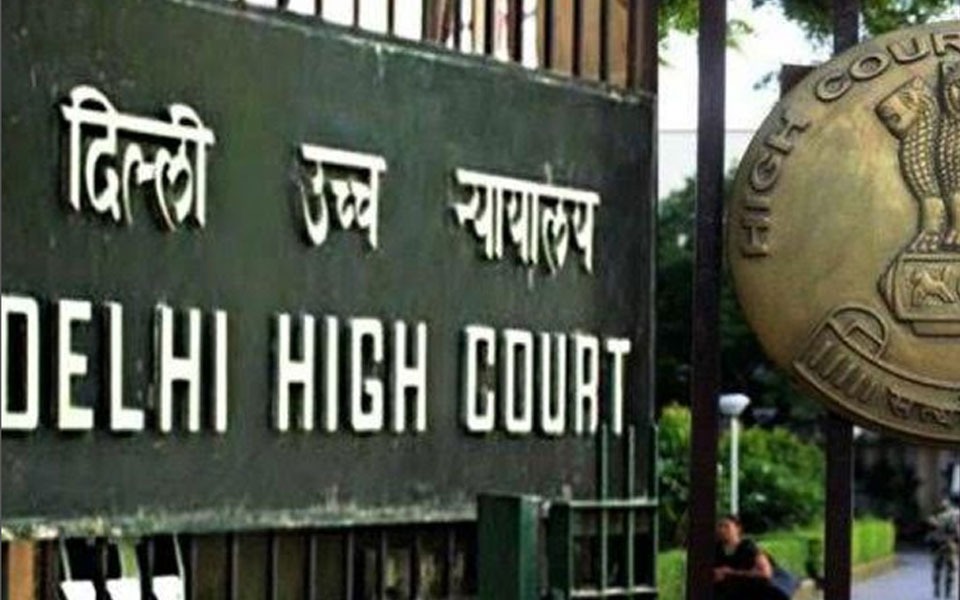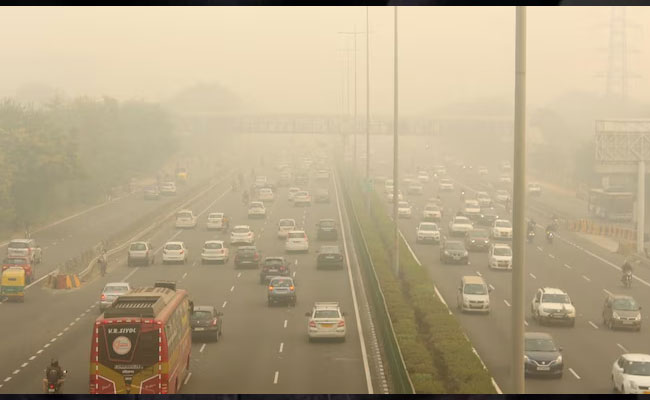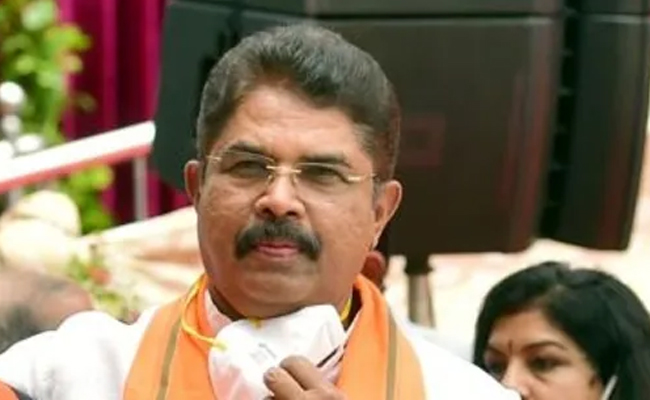New Delhi, May 3: The construction of the prime minister's residence under the ambitious Central Vista project will be completed by December 2022, the Central Public Works Department (CPWD) has informed a government-appointed expert panel, which has given its nod to the project.
The CPWD, which is the project developer, informed the Expert Appraisal Committee (EAC) that the expansion of the Parliament building and the construction of a new Parliament building will be done by November 2022 and the prime minister's residence will be constructed by December 2022.
The Ministry of Environment has already granted the clearance for the expansion and renovation of the existing Parliament building, which is part of the Rs-13,450 crore Central Vista Redevelopment Project.
At a meeting held last month, the EAC recommended for the environmental clearance for the redevelopment of the Common Central Secretariat buildings and the prime minister's residence.
"The EAC, based on the information submitted and clarifications provided by the project proponent and detailed discussions held on all the issues, recommended granting environmental clearance to the project," the minutes of the meeting said.
The panel took note of the CPWD's submission that the Common Central Secretariat will consolidate all ministries and improve the productivity and the efficiency of the administration. According to the CPWD, the Common Central Secretariat buildings will be constructed by May 2023.
It informed that the Central Conference Centre, which is expected to be ready by December 2026, will cater to the conferencing needs and will also be connected by a people mover to the Delhi Metro.
"Modern and secure residential facilities for the Vice President and the Prime Minister will be equipped with all necessary spaces and infrastructure, including the Special Protection Group; Environmental: Landscape/greenbelt development, traffic decongestion, provision of STP, OWC, safety aspects including fire-fighting system, maximum use of treated waste water, well-designed network of storm water drains, rain water harvesting system etc.," the EAC noted.
While giving its nod, the panel directed the CPWD to ensure that an area for greenery is provided according to the details in the project document, which say the area under plantation or greenery will be 81,220 square metres.
"As proposed, at least 4,918 trees will be maintained within the project site during the operation phase of the project," it said.
It also directed the CPWD to install two continuous online ambient air quality (AAQ) monitoring stations in the project area in consultation with the Delhi Pollution Control Committee (DPCC) before the demolition work starts.
"Online monitoring should cover parameters e.g. PM10, PM2.5 along with NOx, SOx, covering upwind and downwind directions during the construction period," it said.
The committee also directed the project developer to draw a detailed traffic management-and-decongestion plan to ensure that the service of the roads near the project site may not get adversely impacted during the implementation of the project.
"The plan should stipulate, inter alia, the path and appropriate time for the movement of vehicles to and from site. The plan shall be vetted by a concerned agency in the state government," it said.
It directed the CPWD to ensure that noise barriers or acoustics of adequate efficiency are provided at each construction site during the construction phase and at least 50 anti-smog guns and an equal number of anti-smog towers are installed to curb air pollution during the construction phase. The anti-smog towers shall be installed during the operation phase as proposed, it said.
The redevelopment project of the Central Vista -- the power corridor of the country -- envisages a new triangular Parliament building, a Common Central Secretariat and the revamping of the three-km-long Rajpath from the Rashtrapati Bhavan to India Gate and new residences for the prime minister and the vice president.
The CPWD, which is executing the project, had revised its estimated cost from Rs 11,794 crore to Rs 13,450 crore.
Let the Truth be known. If you read VB and like VB, please be a VB Supporter and Help us deliver the Truth to one and all.
New Delhi (PTI): The Delhi High Court questioned the city government on Wednesday over its failure to regulate the sale and transfer of used vehicles, while pointing out that in a recent bomb blast near the Red Fort, a second-hand car was used, making the issue more significant.
A bench of Chief Justice Devendra Kumar Upadhyaya and Justice Tushar Rao Gedela asked the Delhi government to file a detailed response on the issue of regulating authorised dealers of registered vehicles.
"A car changes four hands but the original owner has not changed. Therefore, what happens? That man (the original owner) goes to the slaughterhouse? What is this? How are you permitting this? You will take a call when two-three more bomb blasts take place?" the bench asked the Delhi government's counsel.
The bomb blast near the iconic Mughal-era monument was carried out using a second-hand car, making the issue even more significant, it said.
The court listed the matter for further hearing in January 2026.
ALSO READ: Nightclub fire: Goa court remands Luthra brothers in police custody for five days
The court was hearing a public interest litigation (PIL) plea filed by an organisation, Towards Happy Earth Foundation, highlighting the challenges in the implementation of rules 55A to 55H of the Central Motor Vehicles Rules, introduced in December 2022 to regulate authorised dealers of registered vehicles.
While the rules were intended to bring accountability to the second-hand vehicle market, the petitioner's counsel argued that they have failed in practice due to regulatory gaps and procedural hurdles.
The plea said there is a major gap in the amended framework, that is, the absence of any statutory mechanism for reporting dealer-to-dealer transfers.
"In reality, most used vehicles pass through multiple dealers before reaching the final buyer, but the rules recognise only the first transfer to the initial authorised dealer.
"As a result, the chain of custody breaks after the first step, defeating the very purpose of accountability," the petition said.
It added that because of these gaps, only a very small percentage of dealers across India have been able to obtain authorised dealer registration and in Delhi, not a single dealer has got it.
Consequently, lakhs of vehicles continue to circulate without any record of who is actually in possession of those, it said.
The plea said only a small fraction of India's estimated 30,000 to 40,000 used-vehicle dealers are registered under the authorised-dealer framework.
The petition also pointed out that the 11-year-old vehicle used in the November 10 bomb blast near the Red Fort was sold several times but was still registered in its original owner's name.
The blast near the Red Fort had claimed 15 lives.





